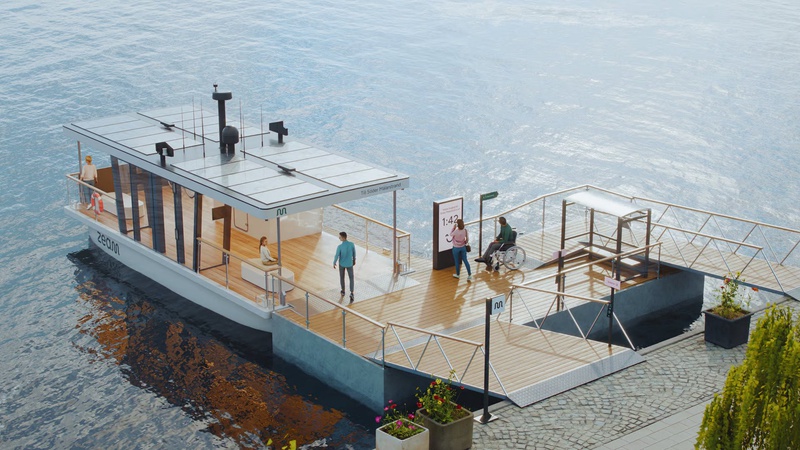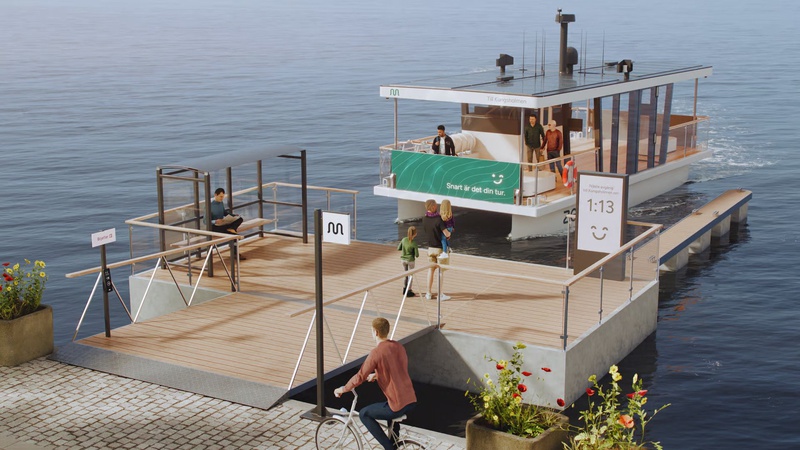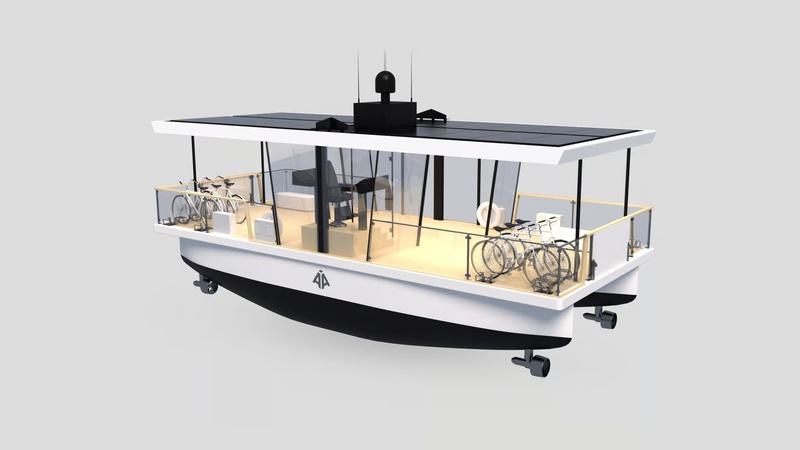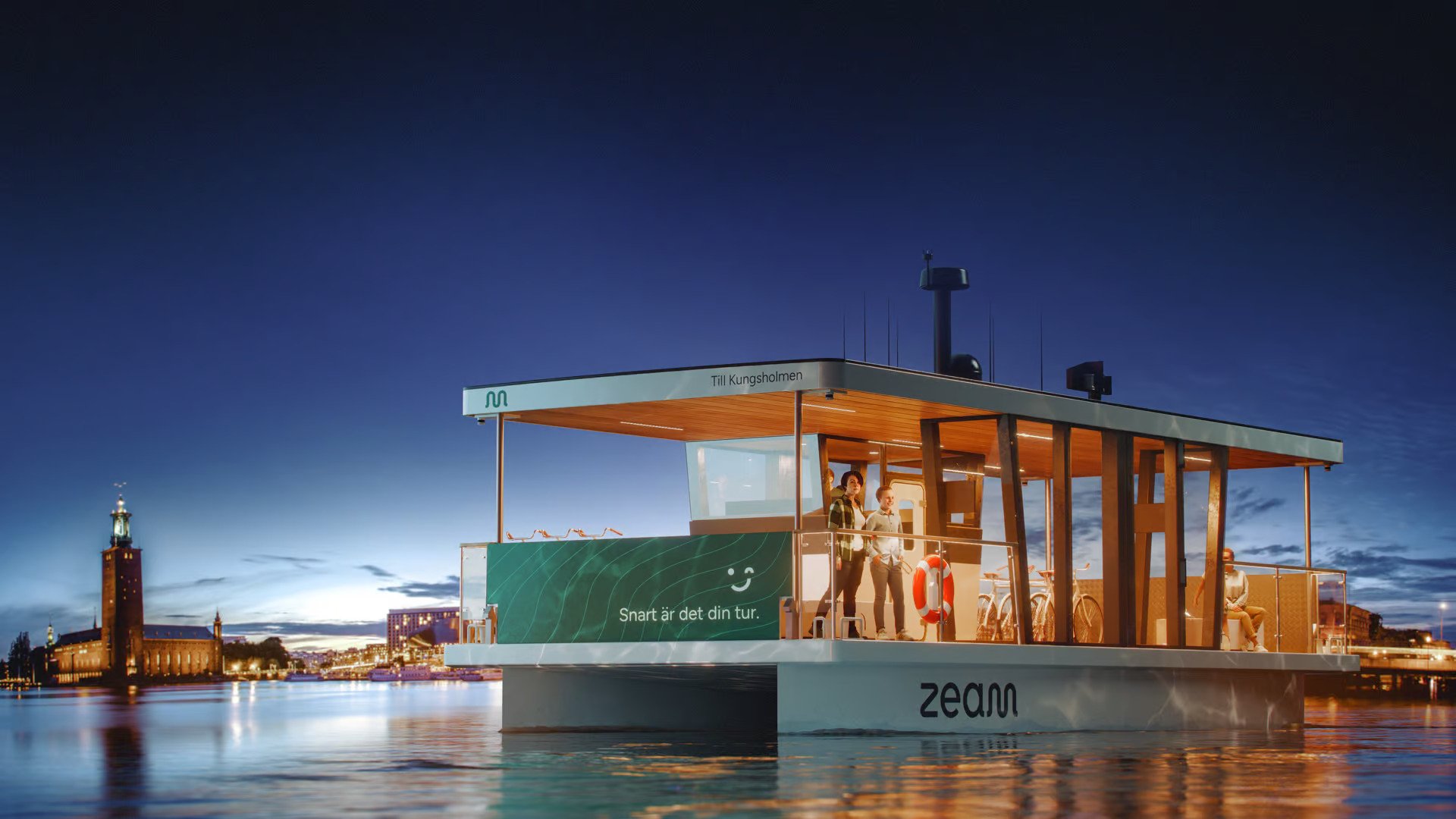The autonomous tech at the heart of the Zeam ferry has been in development for a number of years at the Norwegian University of Science and Technology in Trondheim, which successfully launched a ferry trial as part of its Autoferry project last year.
The setup is now being made commercially available by spin-out company Zeabuz, which Torghatten AS co-owns, and is made up of radar and LiDAR to keep track of – and avoid – other objects on the water, infrared and vision cameras to assist the AI-based "digital captain" in understanding what's going on around the ferry, ultrasonic sensors to facilitate automatic docking maneuvers, and GPS for positioning.



The autonomous catamaran ferry is being built by Brødrene Aa and will measure 12 x 5 m (39.3 x 16.4 ft), with enough space to carry 25 passengers (plus half a dozen bicycles) between the islands of Kungsholmen and Södermalm in Stockholm. A 188-kWh battery bank supplied by ZEM will be charged up by a 7.7-kW solar-panel array up top and propulsion comes courtesy of an electric motor.
The Zeam ferry is expected to begin operating from June, running every 15 minutes for up to 15 hours per day. Torghatten AS is hoping that Stockholm will be the first of many cities to adopt the initiative.
Sources: Torghatten AS, Zeabuz

